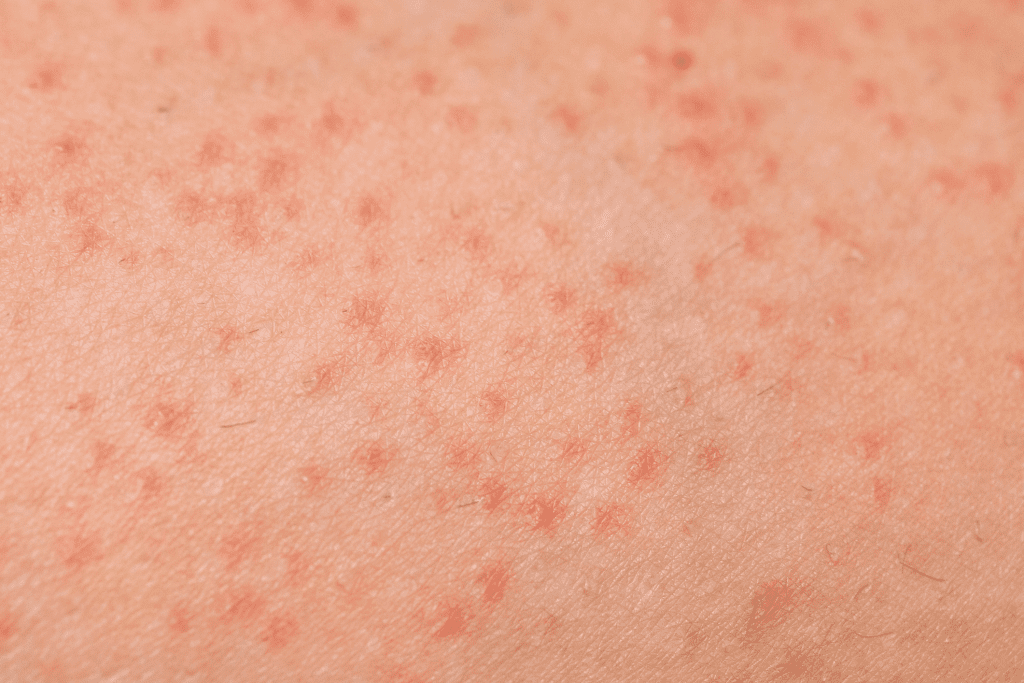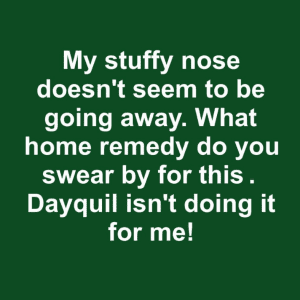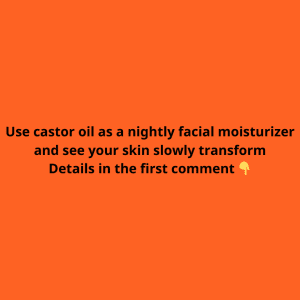If you’re like most people, you’ve probably noticed an unexpected change on your skin at some point—maybe a small cluster of red dots or tiny specks that seem to pop up out of nowhere. These red spots can cause concern, especially if you’re not sure what they mean. While some red dots are harmless, others can be a sign of something more serious. So, if you’ve spotted red dots on your skin, it’s important to understand the potential causes and when you should seek medical advice.
Red Dots on Skin: What Are They?

Red dots on the skin can come in various shapes, sizes, and textures. They can be as small as a pinhead or more prominent, raised or flat, and may appear on any part of the body. While many red dots are harmless, they can sometimes indicate an underlying health condition. The key is to know when to treat them as a passing irritation and when to take action.
Petechiae and Purpura: Tiny Red Dots from Blood Vessel Damage
If you notice tiny red or purple spots on your skin that don’t fade when you press on them, you may be looking at petechiae or purpura. These spots appear when small blood vessels, known as capillaries, burst and leak blood under the skin. They often result from stress, injury, or excessive coughing, but they can also be triggered by certain medications.
Most cases of petechiae and purpura are harmless, but in some situations, they may point to underlying conditions like platelet disorders or infections. If you notice these spots along with other symptoms like fever or unexplained fatigue, it’s wise to consult a doctor.
Cherry Angiomas: Harmless Red Bumps that Increase with Age
Cherry angiomas are small, bright red bumps that often appear on the torso, arms, or legs. They’re caused by an overgrowth of blood vessels and are completely benign. As we age, it’s common to develop more cherry angiomas, and while they can be a cosmetic concern, they don’t usually require medical treatment.
In rare cases, if they bleed or change in appearance, it’s worth getting them checked by a dermatologist to rule out any complications.
Heat Rash: Common in Warm Environments
One of the most common and benign causes of red dots is heat rash. If you’ve been in a hot or humid environment and notice a rash of small red bumps, you’re likely dealing with this temporary irritation. Heat rash occurs when sweat gets trapped in the sweat ducts, leading to inflammation and itchiness.
While heat rash is generally harmless, it can be uncomfortable. The best way to treat it is to cool down, wear loose clothing, and keep the affected area dry.
Allergic Reactions: Red Dots Due to Contact or Food Sensitivities
Sometimes, red dots or patches on your skin can signal an allergic reaction. This might occur after eating certain foods, using a new skincare product, or getting bitten by an insect. Allergic reactions typically come with other symptoms like itching, swelling, or hives.
If the red dots are the result of an allergic reaction, taking an antihistamine can help alleviate the symptoms. However, if the reaction is severe, especially if it’s accompanied by difficulty breathing or swelling in the throat, seek emergency medical care immediately.
Folliculitis: Inflamed Hair Follicles that Cause Red Bumps

Folliculitis is an inflammation of the hair follicles, often caused by bacterial or fungal infections. This condition results in red, sometimes pus-filled dots that can be itchy or painful. It can develop from shaving, sweating, or wearing tight clothing that irritates the hair follicles.
Treatment for folliculitis typically involves keeping the area clean and dry. In more severe cases, antibiotic or antifungal creams may be necessary to clear up the infection.
Cellulitis: A Bacterial Infection that Needs Immediate Attention
If you notice red, swollen patches on your skin that feel warm to the touch, you could be dealing with cellulitis. This bacterial infection typically affects the deeper layers of skin and requires prompt medical treatment, usually with antibiotics.
Cellulitis can become serious if left untreated, potentially spreading to other parts of the body. If you notice redness spreading or experience symptoms like fever, it’s crucial to see a healthcare provider.
Impetigo: Contagious Red Sores Common in Children
Impetigo is a highly contagious bacterial skin infection, often seen in children. It starts as red sores that can burst and ooze, eventually forming a yellowish crust. While impetigo is easy to treat with antibiotics, it spreads quickly, so it’s important to take action as soon as you notice the symptoms.
Vasculitis: Inflammation of Blood Vessels

Vasculitis is a condition characterized by inflammation of the blood vessels, which can cause red dots to appear on the skin. This condition is often linked to autoimmune disorders or infections. Depending on its severity, vasculitis may require medical intervention, including medications to reduce inflammation and manage symptoms.
Hemangiomas: Birthmarks from Blood Vessel Growth
Hemangiomas are benign growths of blood vessels that can appear as red or purple birthmarks. They are usually present from birth or develop shortly afterward. While most hemangiomas are harmless, larger ones or those in problematic areas may require medical attention to prevent complications.
When to Seek Medical Attention
In most cases, red dots on the skin are nothing to worry about. However, it’s essential to monitor them and be aware of any changes. You should seek medical advice if:
- The red dots are accompanied by fever, pain, or discomfort.
- The red spots increase rapidly in size, number, or intensity.
- You experience other symptoms like dizziness, fatigue, or unexplained weakness.

If in doubt, it’s always better to err on the side of caution and consult a healthcare professional. Early diagnosis can help prevent more serious complications.
Conclusion: Don’t Panic, But Stay Vigilant
Finding red dots on your skin can be concerning, but as we’ve explored, they’re often harmless and can be caused by a wide range of factors—from harmless cherry angiomas to treatable bacterial infections. The key is to understand what these red dots might indicate and keep an eye on any other symptoms that accompany them.
While many causes of red dots don’t require urgent medical attention, it’s always a good idea to consult a doctor if you’re unsure or notice other troubling symptoms. By staying informed and vigilant, you can keep your skin and your health in check.


